When you work in marketing, it can be easy to get caught up in your bubble and forget a simple truth: people love to hate on advertising. Especially bad advertising.
And if you think average consumers aren’t fans of blinking banners or full-screen takeovers, do you know who really hates them? The group we’re going to discuss in this article: Developers.
Developers are the ones that coded what you see in the first place. They’re the ones that cursed under their breath when you asked them to put some Javascript code on your website to enable ad retargeting.
Developers are smart, and they know the web inside and out. They love ad-blockers. They probably have Javascript turned off. They’re not on Facebook. In short, they’re hard to reach, and they often intentionally turn a blind eye.
However, utilizing the right acquisition channels is everything when targeting this group. If you can get in front of them at the right place and time, you can help fill multiple stages of your funnel with targeted, high-quality developer-types that have shown plenty of intent to purchase and will consider your product further down the line.
Get developers on your side, and you can dramatically change the growth trajectory of your business.
What’s the secret weapon here? Considering how blatantly anti-advertising this group is, it helps to take a more subtle approach.
That approach is reaching out to them where they already love to hang out and to suggest your product in context. You have to blend in by embracing native advertising.
What is native advertising?
Native advertising matches the fit, feel and function of the content and context that surrounds it.
For non-marketers, native advertising is advertising that doesn’t really feel like advertising at all because it doesn’t annoy you (when it's done properly).
Native advertising is usually accompanied by a small label (for disclosure purposes) but if you do it right, this type of contextual advertising should look more like a relevant suggestion to your audience.
Native advertising is a relatively new term but the tactic has been deployed for decades across print, radio, and television. Advertorials, radio spots, and yes, the soap opera, are all tactics used to deploy advertising messages directly into media in a way that blurred the lines between content and advertising.
Today, native advertising is designed to blend in with your social media stream, blog post feed, or workflow in a way that not only matches the context of its surroundings but actually adds value for potential users.

So, when you’re looking to deploy native advertising for developers, context is everything. The more you understand your audience, know what kind of content they prefer, and where they seek it out, the more effective your efforts will be.
Why is native advertising so effective?
Traditional advertising is disruptive. Commercials are often louder than the show you’re watching; pop up ads block what you were reading, and preroll makes you wait before seeing the thing you clicked on. It’s frustrating. Native advertising is more effective because it doesn’t take the user out of their flow or mindset while delivering its messages.
Users are bombarded with so many ads that many have started to tune them out. It has become muscle memory to know where the ads are - top of the page or right-hand side, for example, and ignore them. Developers know this more than most, and if they have an ad blocker on (which they likely do), depending on the ad network, they probably aren’t seeing your ads at all.
This kind of ad fatigue and avoidance is exactly why contextual advertising excels. By matching the look and feel of the content it is around, contextual advertising is not only more likely to be seen, but it is also more likely to be read.
Native ads engage with users on their own terms by not interrupting their flow or being overly disruptive. This kind of placement makes them more palatable to the discerning developer audience who don’t like their time being wasted and value authenticity.

Ad units featuring something as simple as image and text or something more advanced like a sticky box can be implemented in such a way that they are barely distinguishable from the rest of the website content.
As an example, how in-your-face and distracting is this Packet placement on Codepen?
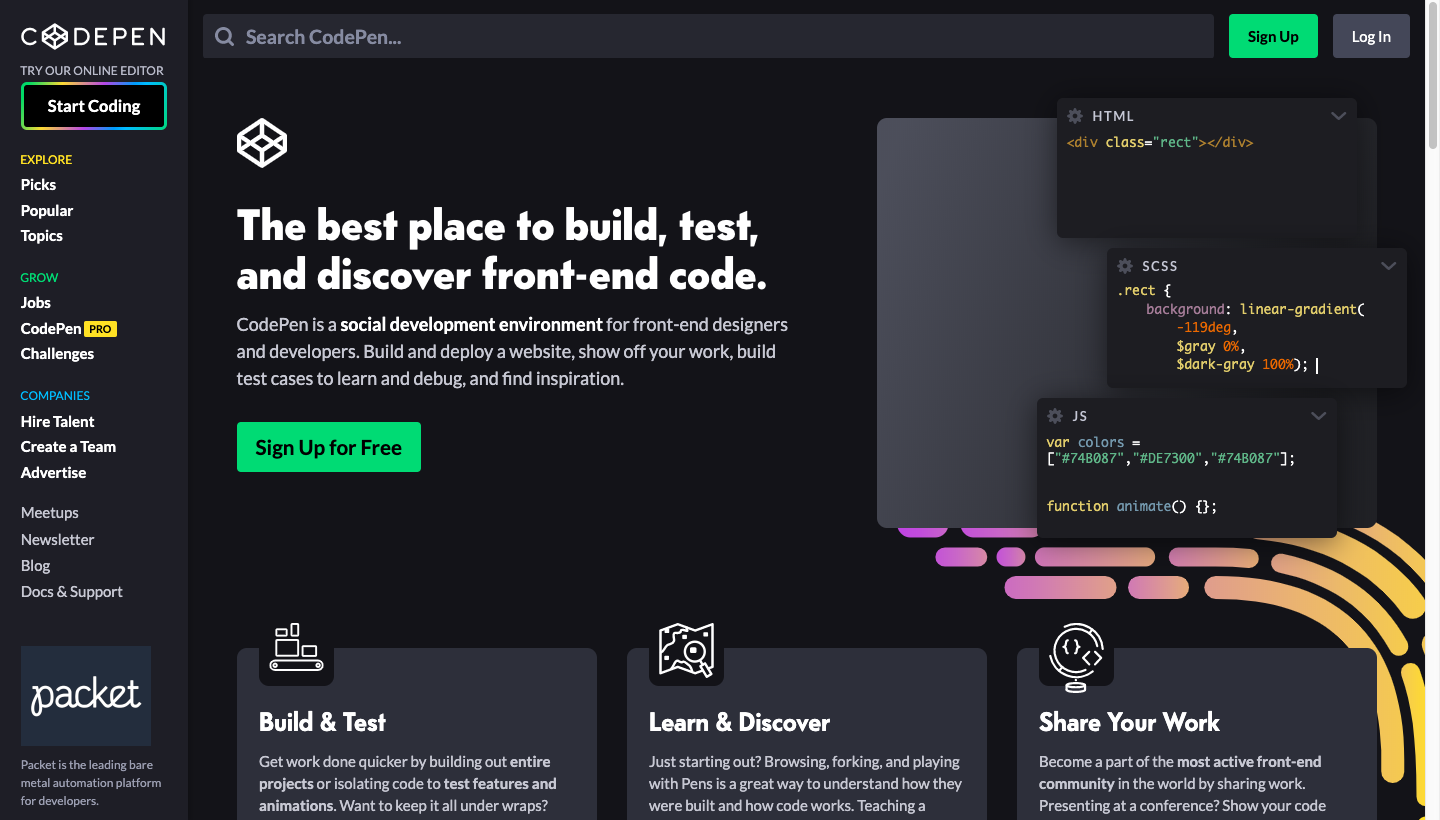
Developers are more technically savvy than your average user, which means that if 25 percent of internet users are using ad blockers in 2019, the percentage of developers using them is likely much higher. That's why it's important to note that native placements like the one above bypass AdBlock under the AdBlock Plus program, which can help put you at an advantage. Native ads are also better on mobile devices, which now account for more than 50 percent of all internet use.
In short, when you’re dealing with a highly technical, highly skeptical, highly engaged audience like developers, native advertising is one of the more effective ways to get your message through.
Where native advertising fits in the funnel
Native advertising is often seen as a great fit for the top of the advertising funnel as it has the ability to be a good “first touch” for a potential buyer who may not have discovered your brand yet.
Because contextual advertising blends in seamlessly with its environment (this is starting to feel like a nature documentary), it can have a positive impact on ad-wary developers who are learning about your product or solution for the first time and who don’t want to be “sold”.
According to Neil Patel, “Native ads work when you want to increase brand awareness and nurture someone through the sales funnel for the long term”.
That said, native advertising can be effective at any point in the funnel as the type of content you create can be adjusted to match the stage of the buying cycle your prospect is at.
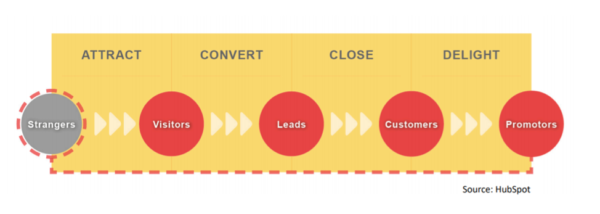
For example, a top of funnel placement could be an in-stream ad on a website like Dribbble that answers a common developer question. By getting it in front of a potential lead in a way that is both unobtrusive and helpful, this kind of native ad can introduce your brand to a new customer.
Similarly, a native ad can be just as effective later in the funnel to reinforce a brand message or key feature in an unobtrusive way. The important thing is to optimize messaging for each stage of your funnel and ensure that each stage has a specific KPI in mind (i.e. email signups for the top of the funnel; trial starts closer to the bottom of the funnel).
Native ads positioned for top-of-funnel are going to have brand-awareness oriented messaging and pull in plenty more actions (like clicks) than native ads positioned towards the bottom of the funnel. This is because people at the top of the funnel haven't expressed buying intent yet and they're still in the discovery phase. People often need to interact with forms of advertising a dozen times before taking action.
Actions derived from native ads at the bottom of the funnel are going to be worth much more than actions at the top of the funnel, because this audience has shown purchase intent. It's important to have appropriate messaging and expectations for each stage of the funnel as a result.
How to create native advertising for developers
Know your audience
Developers are a unique audience. They are technically savvy; discerning when it comes to their tools and processes, and generally skeptical of advertising. However, it isn’t enough to make assumptions. Before choosing a contextual advertising platform, it is critical to create an audience persona to target developers effectively.
As Christina Newberry at Hootsuite says, building a buyer persona makes it easier to think of your customers as real people. When building out a buyer persona, keep the following things in mind:
- Who is your audience? (age, sex, location, education, income, etc.)
- What are their goals/problems/pain points?
- How does your product or solution solve their problem?
- Where and how can you reach them? (websites, podcasts, blogs, etc.)
According to Data USA, the average developer is male, 36 years old, has a major in Computer and Information Sciences and Support Services, and makes $64,000 a year.
What’s the goal?
When building out your campaign, it is critical to understand what you are trying to accomplish. A campaign with too many goals (or with goals that are misaligned) is going to have problems.
For example, if you are trying to drive email signups to get your leads into an email marketing campaign, your contextual advertising will need to provide your developer audience with a compelling reason to hand over the keys to their inbox. Are you providing your audience with access to a valuable tool, exclusive resources, or expert advice?
Misaligning your goal with your tactic can have a devastating impact on your success.
Marketers are often good at building the mousetrap but then forget to ask the most important question: what's next? If your potential lead clicks on that button, downloads that report, or watches that video; what is the next step? Understanding the full buyer's journey is critical to ensuring the great native ad campaign you built doesn’t go to waste.
Be creative and helpful
When creating native advertising, it’s important to fit in but also to stand out. It's a fine line. While the placement and context of the ad should blend into its surroundings, the ad copy should stand out and give the reader a compelling reason to click. Whether you use humour, a compelling statistic, or a strong declarative statement, your native ad must appeal to your developer audience.
What are the pain points of the average developer? How does your product help? On the Dribbble website, a native ad by HotJar provides designers and developers with a way to better understand their users. The ad is simple and offers to solve a problem.

Similarly, on the blog Coding Horror, an ad for Authentic Jobs gives disgruntled or aspiring developers a chance to discover new job opportunities.
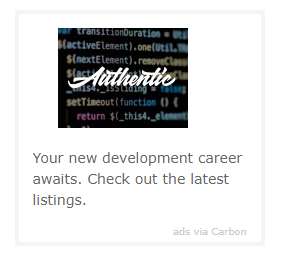
Both ads creatively capture the attention of a developer in a way that feels authentic by helping solve a real problem for developers. Both ads clearly show that they know their audience and aren’t just randomly placed there. It’s not enough that your contextual advertising looks like something interesting, it has to capture the user’s attention by being helpful and creative as well.
Location is everything
Developers are a unique breed, they have very specific communities they hang out in; subjects they engage with, and influencers they respect.
Understanding where developers like to hang out online, what they read, watch, play, buy and listen to is an important step in understanding them. That’s why choosing the right contextual advertising platform is essential.
Through your persona research, you should have identified interests, hobbies, and areas of focus that can help guide where your native advertising should be placed. Whether it is communities like GitHub, websites like Reddit, or a podcast like Full Stack Radio, your content should not only be appearing where developers hang out, it should also look and feel like it belongs there. No one wants to be hit over the head with an ad that doesn’t match the context and mindset of the content around it. The right network that leverages contextual advertising will make sure your ad is tailored for the right audience.
For example, the contextual advertising platform Carbon Ads features such developer favorites as JS Fiddle, Laravel, and Bootstrap in its publisher network. By placing a native ad in these developer environments, you can ensure your target audience is in the right frame of mind when you serve them your advertisement.
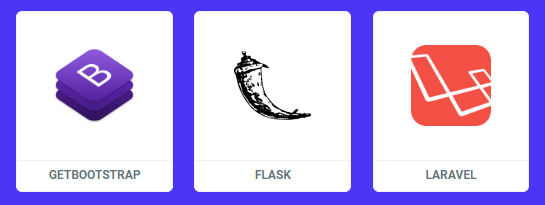
The best way to approach developer communities is to understand them first. Join them; listen, read, and learn about how the community interacts, what they like, what they don’t. As highly technical users, early adopters, and advertising skeptics, you will need to really understand where your contextual advertising is appearing before you can begin to create it.
Here's an example of Mailchimp driving brand awareness through a placement on Bootstrap:
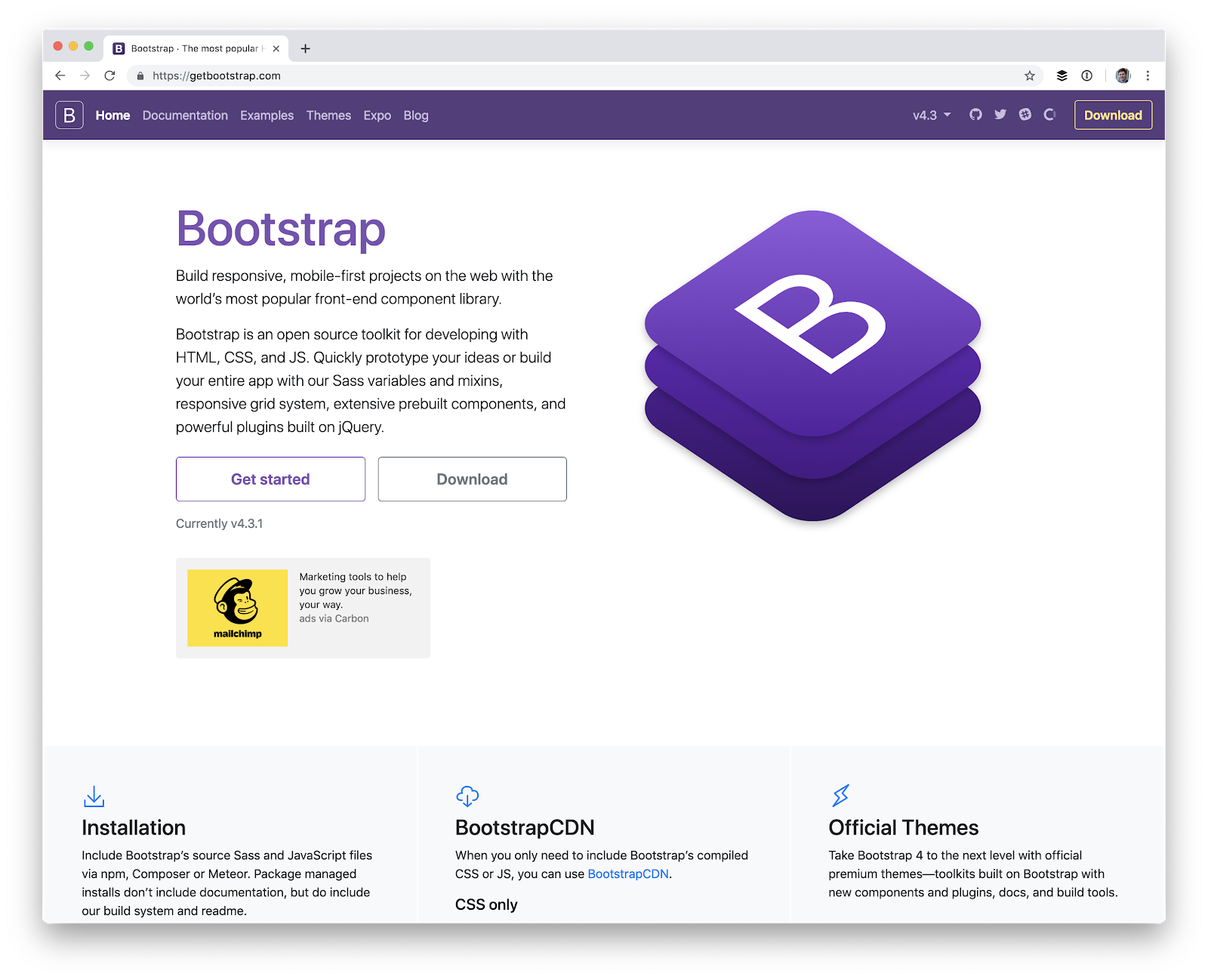
Having a trusted publishing partner is central to understanding the developer community. A good publishing partner will be able to give you the information you need on how their community thinks, allowing you to create a campaign that will succeed. Choosing a publisher that matches both your content and your tone will put you one step ahead on your native advertising journey.
Be flexible
Getting it right on the first shot is a great feeling, but it’s also rare. A good native advertising campaign is flexible enough to make adjustments when results aren’t meeting expectations.
There is no perfect solution when it comes to advertising to developers, so keeping a close eye on your KPIs is essential to understanding when it is time to take a different route.
Test out different types of ad placements, different copy, different tone, even different creative to see what works best. Be ruthless in your optimizations, only the strong survive.
It is also important to understand what your metrics are telling you, and what to do if they aren’t performing to your expectations.
- Unique views and impressions: if these numbers are low, you probably need to work on your placement location, headline or ad copy.
- Leads, clickthroughs, signups: if these numbers are low your landing page might need work. Consider upgrading and optimizing the landing page experience.
Most critically, if your native advertising isn’t performing, don’t be afraid to change things up. As we know, developers are a unique audience and if your campaign isn't showing results it likely means something is off.
Wrapping up
Advertising to developers is like being a magician in front of a room full of scientists: there’s lots of skepticism.
To break through the barrier, native advertising can be effective because it targets developers in a way that is unobtrusive and approachable.
Native advertising is a soft sell for when your brand is trying to build a long term relationship with a potential customer. This isn’t a hard sell; it is a slow build that relies on creating content that is compelling, written in a language and tone that a developer can relate to, and placed in a way that is both discoverable and yet not out of sync with its surroundings.
Contextual advertising works with developers because they know all the tricks; they are tired of your tracking pixels and banner ads, and they just want to know that you actually understand their community and offer something of value.
Developers are a challenging audience to reach but with native advertising, your brand can start to build the kind of credibility and trust that will beat any flashing pop-up banner.


